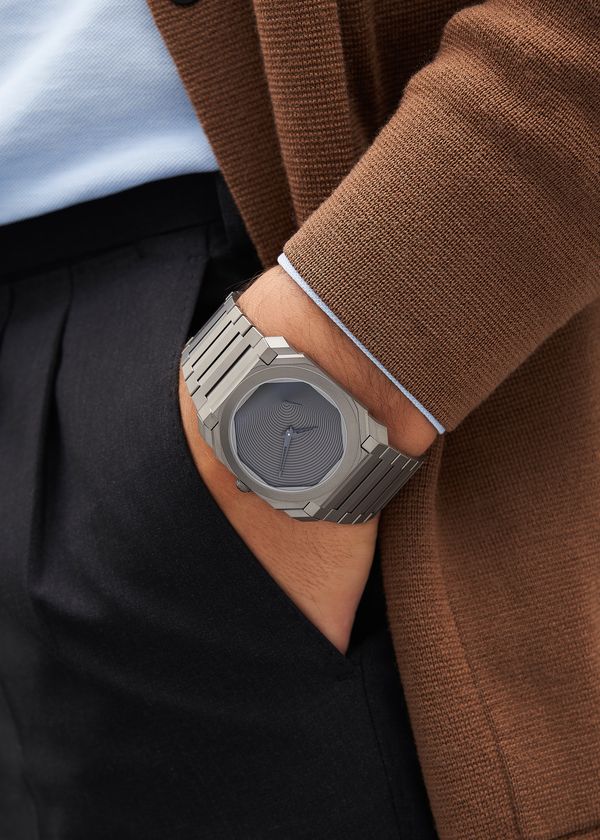With social media and digital communication becoming the preferred methods for enthusiasts to share their passion, we have seen a dramatic breakdown of geographic barriers among collectors, as they found each other on relatively public platforms such as Instagram, and formed tight, private groups focusing on particular niches through messaging services such as WhatsApp. This dramatic increase in conversations, and respectful debate about the various pros and cons in horology that have always surfaced at infrequent face to face gatherings, now happen daily across time zones, closing up the feedback loop and allowing brands to react far quicker than was possible in the past.
This method of more direct interaction between the manufacturers and the end clients has even opened up innovative methods for product development, such as the Autavia Cup from TAG Heuer. The creative teams can also read online comments and message directly those who are most passionate about their respective brand for more involved feedback. It has been a fascinating process to witness, and while the results are not always perfect, it is exciting to think what might be possible in the future, thanks to these channels.
2016 to 2020 has witnessed the continuation of two trends we have covered elsewhere in this tome: a focus on form rather than technical achievements, allowing brands that historically were more associated with jewellery or fashion to increase their standings with even the most ardent collector. This was further aided by strategic acquisitions of small independent brands and key suppliers to give an edge, by producing robust calibres at scale, or securing important expertise in areas such as material engineering.
The second dominant theme is the continued leveraging of brand heritage, with manufactures dipping into their archives for inspiration while also using their research as a communications tool. It is easy to feel sometimes blasé by the efforts, but the joy of an important vintage model being reimagined for the modern era often feels magical when serious energy is put into it by the right brand to realise a truly special watch.
Of course, 2020 has been a testing year throughout the industry, with a number of brands falling by the wayside, an upheaval in the regular watch fairs leading to the end of the institution that was Baselworld those that have made it through so far have certainly learnt extremely valuable lessons during this period of immense transformation. The importance of e-commerce and local clientele rather than those traveling internationally has been clearly proven, and has been a boon for smaller brands who have fostered strong, lasting relationships directly with clients, and buoyed the market for the most significant independent brands.
With multiple records set at the top end of the chart for the most expensive pieces sold at auction, new interest in horology from younger generations that appreciate the human experiential connection to these mechanical objects, and a more consolidated industry made up of stronger brands, there is plenty to be hopeful for when considering watchmaking in the future.
